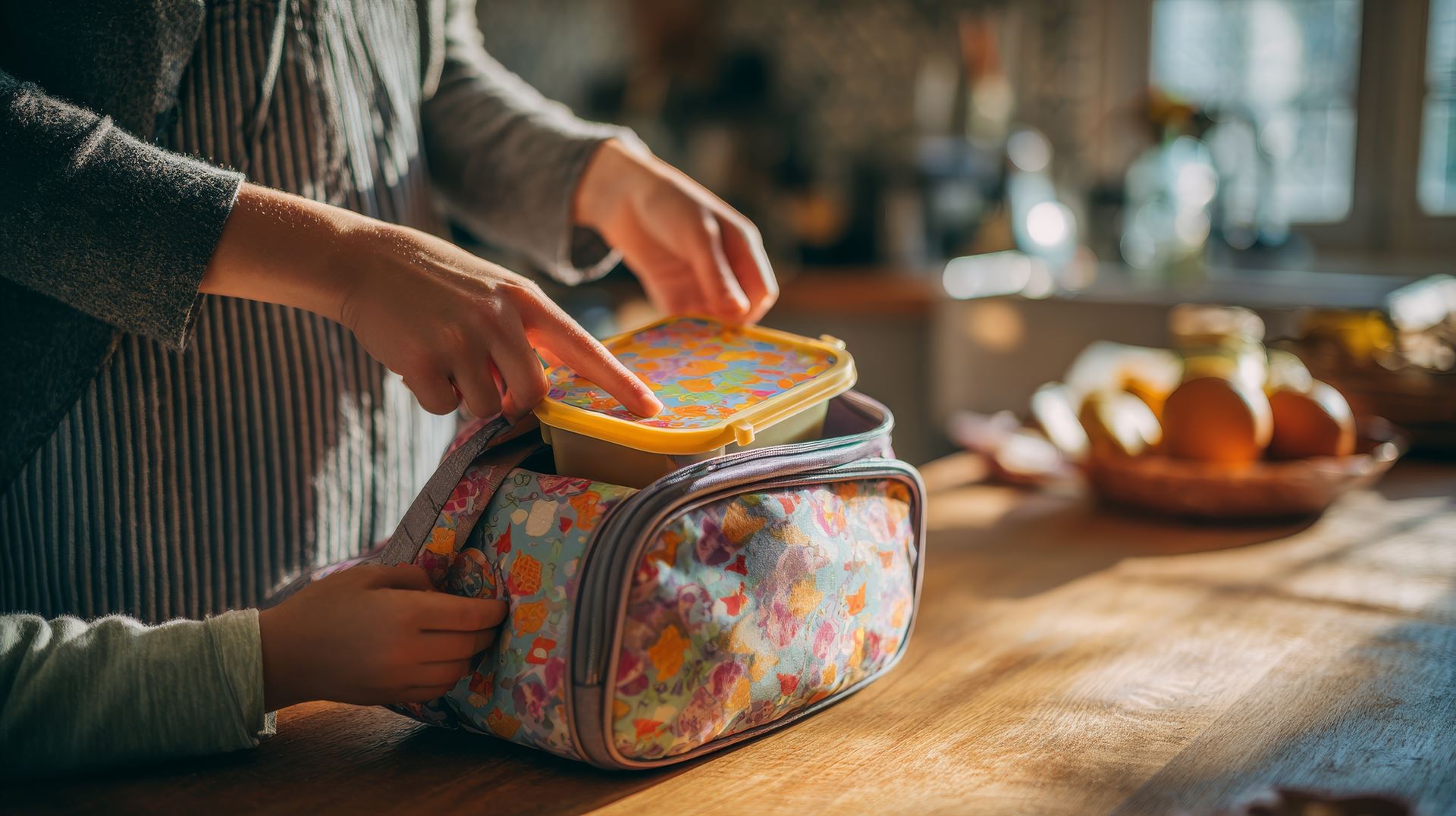Curriculum connections
This activity supports Alberta’s Physical Education and Wellness (PEW) curriculum for grades 4 to 6.
|
Grade |
Organizing Idea |
Learning Outcome |
|
Healthy Eating |
Students examine nutrition and explain how it informs decision making about food. |
|
|
Healthy Eating |
Students evaluate aspects of nutrition and examine their benefits to well-being. |
|
|
Healthy Eating |
Students examine access to food and its effect on making decisions related to nutrition. |
✍🏽 Inviting students to write a short reflection – such as a learning journal entry or an exit slip – can support their growth in areas related to writing skills and idea organization, as outlined in the English Language Arts and Literature curriculum KUSPs.
Try these classroom discussion questions!
✨ We created this curriculum-aligned resource in partnership with a curriculum specialist to help you integrate these activities into K–12 learning. Every class is different – so feel free to use this guide as a starting point and adjust for your unique learners. ✨
Factors that influence students’ food choices.
💛 There is no one-size-fits-all approach to meal planning and prep. The Lunch Box Guide supports students in making food decisions that respect the reality of their needs and resources. Food choices can be based on taste, hunger, food traditions, and health.
The ability of students and caregivers to meet their needs is tied to access to resources such as money, time, space, skills, equipment, and support. Young learners and their families are encouraged to personalize this resource and use it in ways that work for them.
